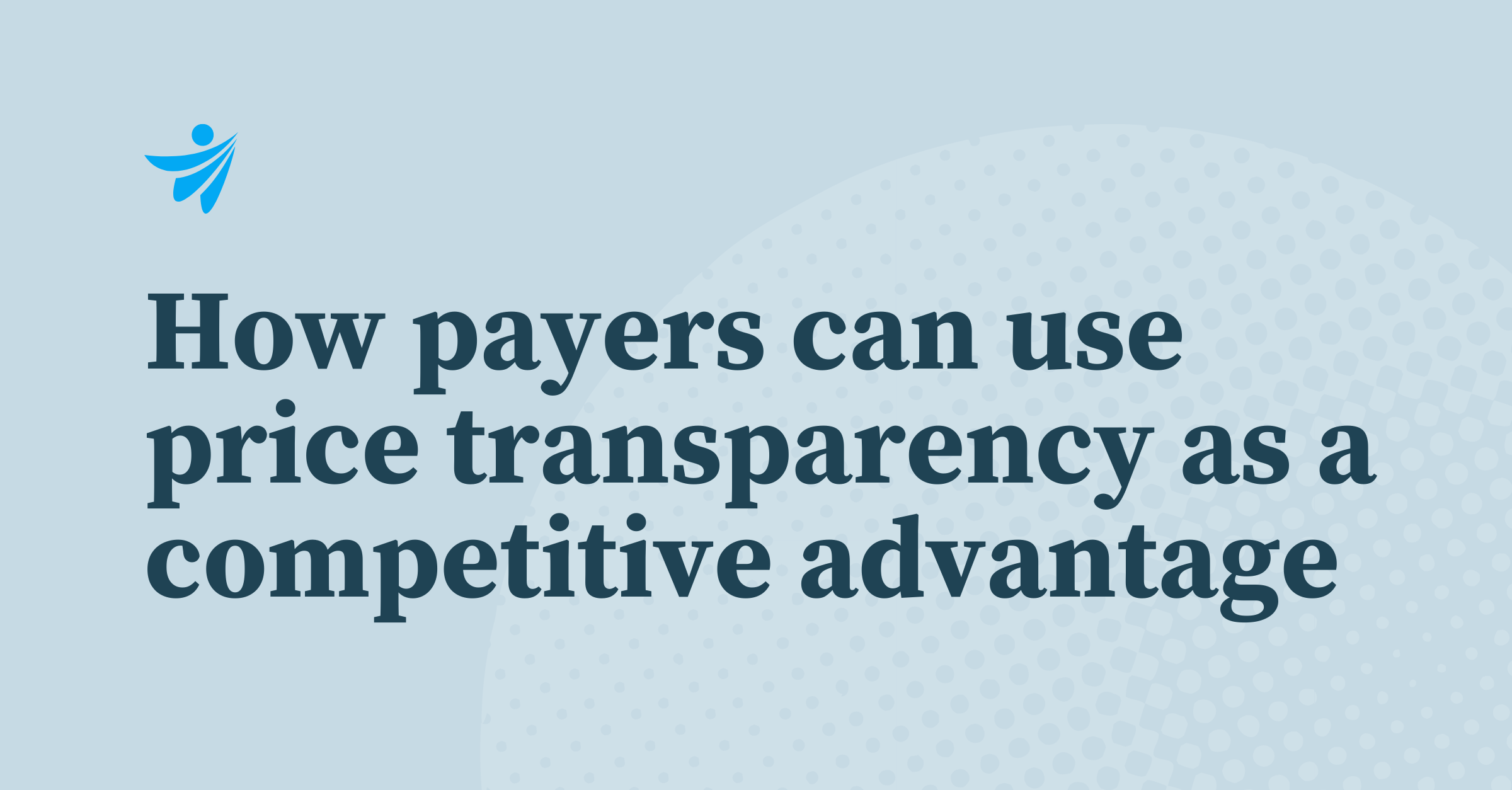
Insights for Payers
Feb 20, 2024
Insights for Payers | March 5, 2024
Designing and maintaining a healthcare network is no simple task—especially when it comes to meeting the needs for accessibility, quality, and cost across a diverse pool of members. Health plans need to design networks that offer members reasonable access to in-network providers to ensure the network is adequate to meet their health needs. Beyond supporting the health and well-being of its members, provider network adequacy is essential to a plan’s financial health and performance. Network adequacy heavily impacts patient satisfaction and loyalty, leading to greater member enrollment and retention. A carefully planned provider network will also help keep costs down by minimizing the need for members to seek out-of-network care. When networks are inadequate for member needs, the resulting decline in accessibility, quality, and patient satisfaction can result in lower ratings and fewer enrollments. Network adequacy is usually assessed by factors such as the number of providers a network has compared to the number of members needing care, as well as by patient experience and provider quality. Currently, state and federal oversight varies and most states set their own standards for network adequacy, although the American Medical Association (AMA) has called for the federal government to set national standards. Network adequacy continues to be a major challenge for payers, especially for those offering marketplace plans, which serve millions of Americans. The Affordable Care Act (ACA) requires Qualified Health Plan (QHP) networks to include an adequate number of providers, but one 2017 study found that almost a third of marketplace plans offered only narrow network plans with an extremely limited choice of providers. There’s a massive amount of healthcare data out there that can inform decision-making for provider network design and adequacy, but it’s often disparate and siloed, making it difficult to analyze effectively and on a large enough scale. Fortunately, payers can use data analytics tools to merge and analyze data from a range of courses, internal and external, for useful and actionable insights on network adequacy. At the most basic level, payers can combine their own records with geospatial data to map the locations of providers and members. This can expose areas where there is insufficient provider coverage, or where members must travel long distances to access care. Payers should overlay factors like public transportation options on these maps, as some members may not drive or have a car, making traveling even seemingly short distances difficult. Beyond location data, payers can collect data from internal as well as external sources (such as datasets from the government and healthcare databases) to build a comprehensive picture of the population the network will serve and its needs. This can include information on: Integrating and analyzing diverse data enables payers to see patterns that can shed light on the healthcare needs of members (and potential members), uncover gaps in coverage, and show opportunities for network optimization. For example: Data analytics tools give payers the power to analyze information in multiple dimensions, providing a comprehensive picture of member needs as well as where the network may be at risk of falling short in meeting them. Data analytics can even help payers see into the future . . . in a way. Populations aren’t static: people have babies, get older, and experience other life changes that affect their healthcare needs. Demographics can shift over time as well as communities grow and evolve. The incidence of certain diseases or conditions may surge or shrink. Predictive modeling uses algorithms to identify trends and patterns in data to power demand forecasting in healthcare. As just one example, an aging U.S. population is expected to greatly increase demand for geriatric-related care in the coming years. Payers can use predictive analytics to: This way, network coverage and quality continuously meet member needs and expectations over time, even as those needs change. Payers can even use predictive models to forecast the health and financial implications of network changes like adding providers, focusing on specific specialties in a given area, or including more disease-prevention programs. These insights help ensure plans are cost-effective while also continuing to offer accessible, high-quality care within the network. Network adequacy requires sufficient numbers of high-quality providers across the care spectrum to meet member needs. Those needs can vary according to factors like location, demographics, population patterns, and existing infrastructure—and they can also change over time. Healthcare data analytics provide payers with the insights to design, manage, and optimize provider networks so that they consistently provide ample access to care in the present and the future. With an eye on network adequacy health plans deliver better member experiences and outcomes, higher quality scores, and more cost-effective care. Taking full advantage of the power of data analytics is critical to support the health of members as well as the financial health of payers.Challenges and standards in health plan adequacy
How healthcare data analytics can help
Data analytics and predictive modeling in healthcare
Network adequacy and data analytics